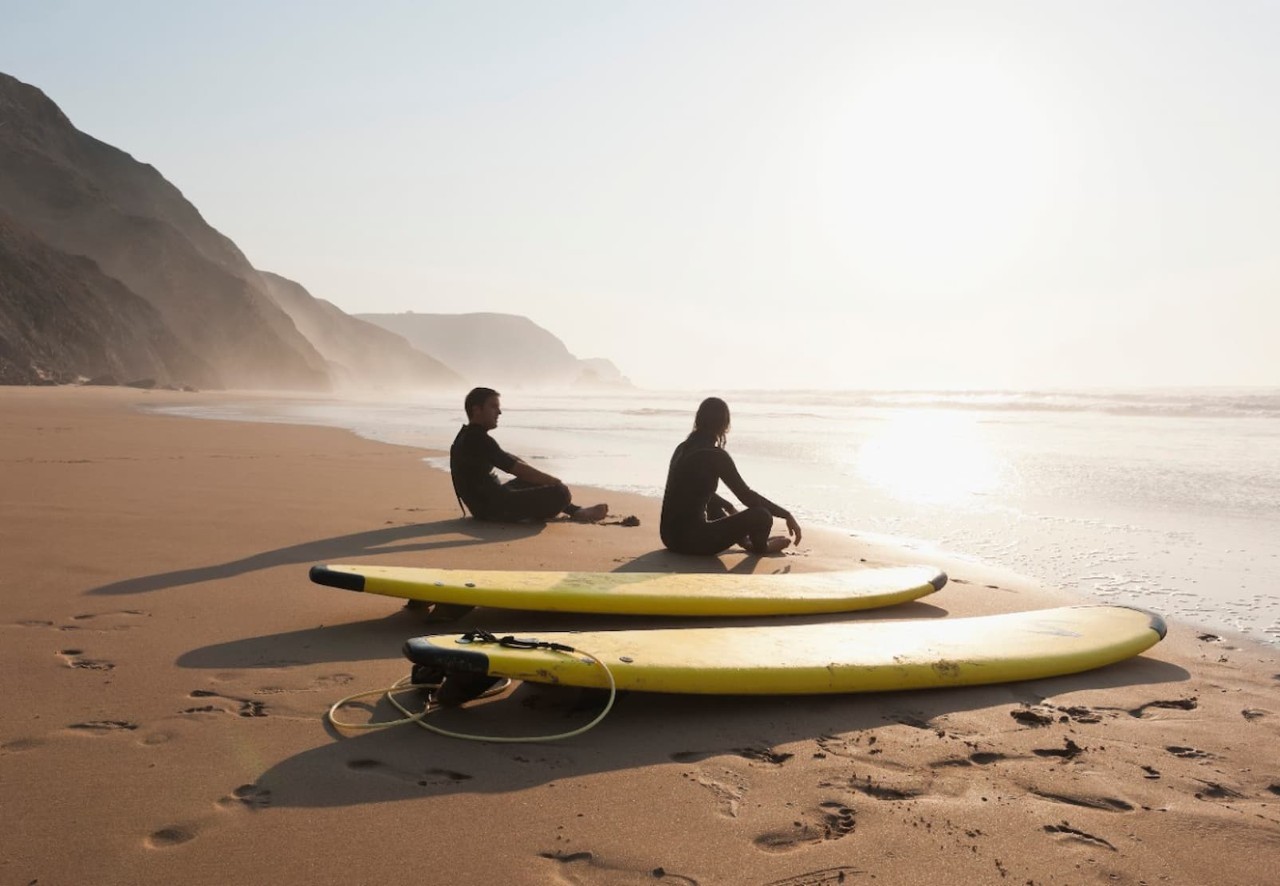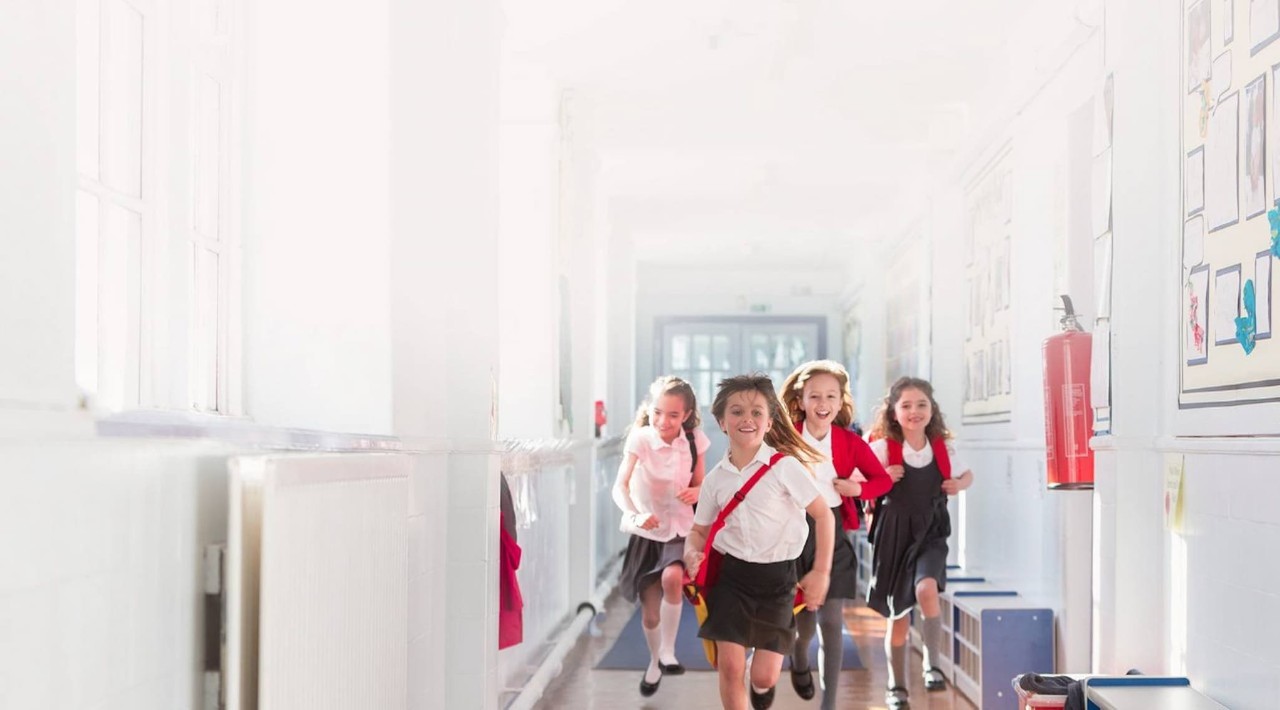by Melanie May | 6 min read September 20th, 2017
Ireland may be small but it packs a punch and its relaxed vibe and friendly locals make traveling the Emerald Isle a pleasure.
With its wide expanses of lush green fields and many mountains, lakes, coastlines and islands; the landscape of Ireland is inspiringly beautiful if we do say so ourselves.
Ireland is also known for its history and there are plenty of medieval cities and walled towns to be enjoyed too; and the best way to travel the country is by car so you can get off the beaten track and explore more of what Ireland offers beyond the guidebooks.
Driving in Ireland is relatively straight forward but there are a few laws and rules of the road that you need to keep in mind.
Driving in Ireland
- In Ireland, you drive on the left-hand side of the road.
- Yield to all vehicles coming from your right and always turn left on entering a roundabout
- .You must be at least 17 years old to drive in Ireland
- .Speed limits in Ireland are in kilometres
- .The speed limit is 50km/h in built-up areas, 80km/h on regional and local roads, 100km/h on national roads and 120km/h on motorways. Be sure to keep an eye out for speed signs and make sure you’re not over or you will receive an €80 fine and 3 penalty points.
- .All vehicle occupants are required to wear seat belts at all times.
- For those riding on motorcycles, helmets must be worn at all times
- .Use of mobile/cell phones while driving is strictly prohibited.
- At all times, you are required to carry a valid driving licence; your car must display both proof of insurance and a motor tax disc and, if the car is over four years old, the National Car Test (NCT) disc must also be displayed.
- .The minimum INSURANCE you must have before you drive a car in Ireland is Third Party Only cover.
- If renting a car, it is recommended that you carry a copy of your vehicle rental agreement.
- In Ireland, the traffic light sequence is different to most other European countries. Red is the same and means stop, but straight after the red light comes the green ‘for go’ light. The amber light only comes before a red light to warn us to stop unless it is unsafe to do so
- Although Ireland produces some wonderful beers and spirits, drink driving limits are enforced and the legal limit for fully licenced drivers is 50 milligrams of alcohol per 100ml of blood. For professional drivers, learner or newly qualified drivers it's 20 milligrams of alcohol per 100ml of blood. Whether you are a local or a tourist you must adhere to these regulations. Our recommendation is, don’t drink if driving.
Which Roads Should you Take?
Well, you are in for a treat as Ireland has some stunning routes.
The Wild Atlantic Way
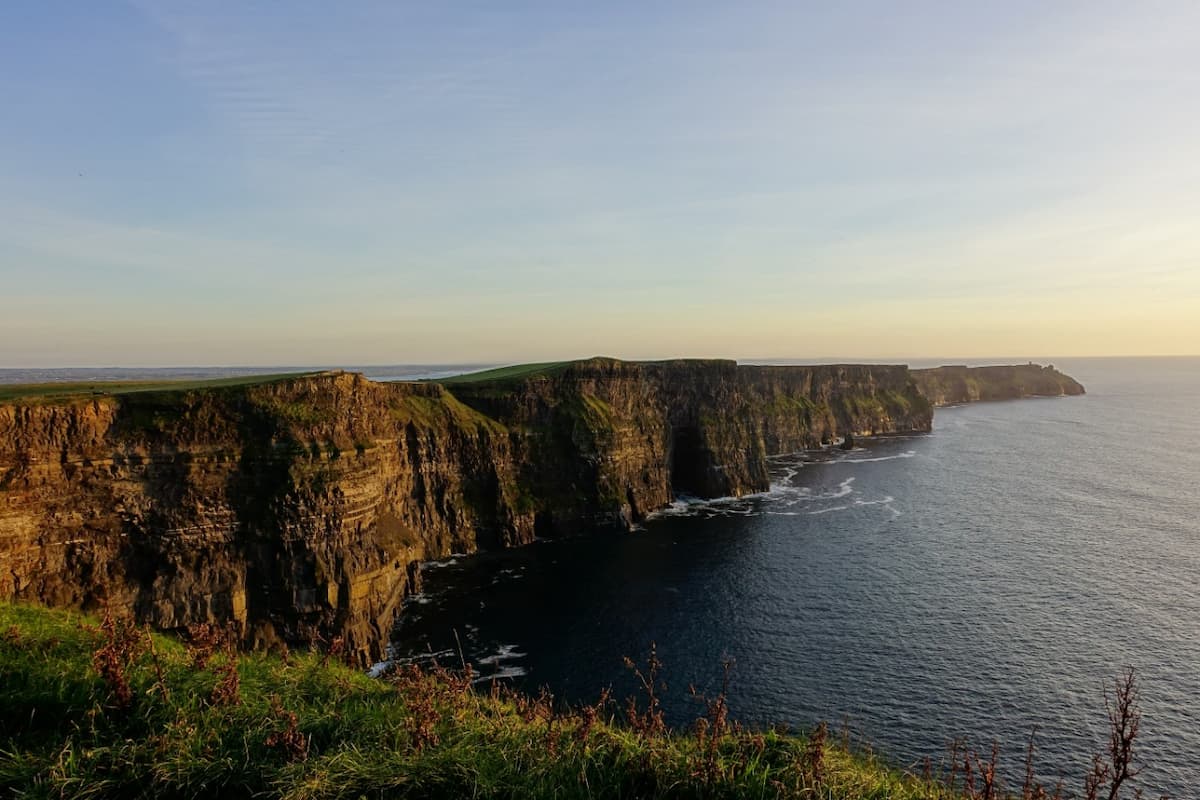
First off, did you know that Ireland has the longest coastal touring route in the world? The Wild Atlantic Way is 2,500km of pure driving joy that offers rugged seascapes, wild landscapes, and dramatic coastlines as it passes through nine Irish counties: Cork, Kerry, Limerick, Clare, Galway, Mayo, Sligo, Leitrim and Donegal.
The roads are pretty narrow and windy, very windy in fact, so make sure you take it slow and allow yourself plenty of time as you will inevitably get stuck behind cyclists, tractors, horse and carts, and cattle. And other tourists.
The Land of Heart's Desire

Sligo and parts of Leitrim and Roscommon are known as Yeats' Country in memory of poet W.B. and artist Jack Yeats who drew inspiration for their work from this area and a drive through this part of Ireland will reward you with heart-stirring views and spectacular shows of nature.
Head towards Manorhamilton in Co. Leitrim and then take the N16 to the Glencar Waterfall, which inspired the poem ‘The Stolen Child’. This waterfall is very impressive after heavy rain fall, which, lucky for you, happens a lot in Ireland. Then follow the road along the picturesque Glencar Lough and spot the two crannogs (artificial islands). This is a perfect spot for a picnic.
Then take the N15, you'll be able to see Ben Bulben mountain along the way, and head to Drumcliffe where W.B. Yeats is buried and there is also the site of an ancient monastic settlement founded by St. Colmcille in the 6th century. Then drive the six-mile loop known as Gleniff Horseshoe Drive, which is a single lane road surrounded by dramatic mountain views of Tieve Baun, Trushmore, King's, Benbulben and Benwiskin. When you are done - you may want to do the loop twice as it is so impressive - you can then head on up to Mullaghmore in Sligo and see the impressive Classiebawn Castle that looks over the town like something out of a fairytale.
Handy Tips for Driving in Ireland
If you are renting a car it is best to hire a small car as the country roads in rural areas are notoriously narrow and winding. Even some of the city streets can be quite narrow too. Also, small cars are easier to park into tight spaces and a lot of parking spaces in Ireland are a tight squeeze.
Only the main motorways in Ireland are tolled and most don’t accept payment by card so make sure you have plenty of change or if you’re in a rental car it may have an electronic payment tag.
Road conditions are generally very good, but once off main highways, country roads quickly become narrow, bumpy, and winding with potholes. So, take your time; don't rush and drive at a speed comfortable to you.
Be aware that if you are driving at night time, some of the more rural roads may not be very well lit, so if you are nervous aim to leave a little earlier in the day to get to your destination by nightfall.
Have a good map, sat-nav system or excellent navigator with you as road signs are a bit of a mishmash and can be confusing. You'll find there are no road signs at all or loads all crammed on to one pole. Trying to decipher them is like trying to crack the Enigma code, oh, and if you are in a Gaeltacht area the sign will be in Gaelic.
In rural areas, you are likely to occasionally encounter tractors and animals on the road so it is important to drive slowly and carefully.
If you do come across animals on the road you must obey any signal to slow down or stop given by the person moving animals and you should avoid using the horn as it might frighten the animals.
Things to See and Do
Co. Dublin - Guinness Storehouse
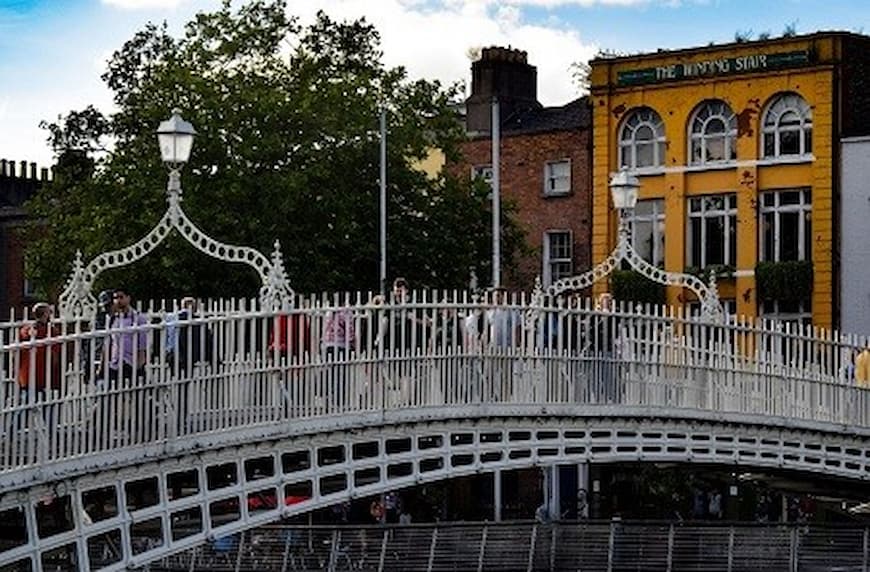
Most people start their journey in Dublin and at some point, end up in the Guinness Storehouse but there is a good reason for checking this place out as the Guinness Storehouse has been named Europe’s leading tourist attraction. Here you can enjoy Irish history, culture, and food as well as drinking as many pints of the black stuff as you can stomach. You can also take in magnificent panoramic views of Dublin from the sky bar.
Co. Clare - The Burren
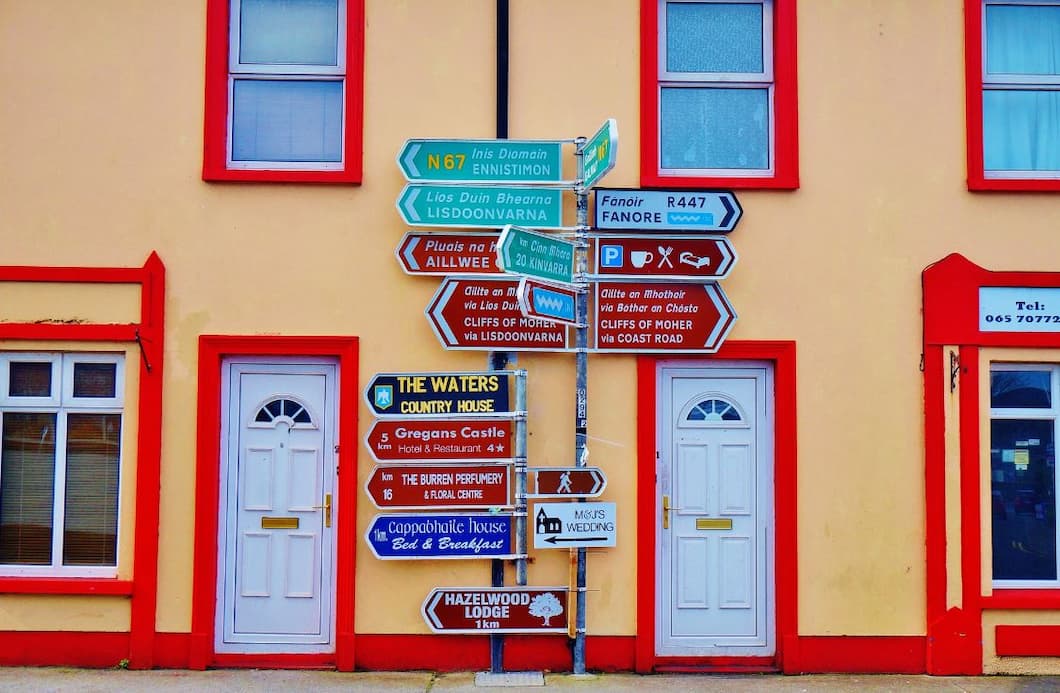
The Burren is a rich karst limestone landscape and vast wildflower meadow and it really is a remarkable landscape, however, the best way to experience this UNESCO Global Geopark is by going underground and exploring its caves, which is the longest cave system in Ireland.
County Clare is a haven for lovers of the outdoors. There are so many adventure activities to do here from donning rubber and learning how to surf on some of the best waves in the world, to paddle boarding, rock climbing, cliff diving, cliff walking and sea kayaking.
Whilst here you can also visit the Cliffs of Moher, Ireland's most visited natural attraction. The cliffs stretch for 8km (as the crow flies) and reach 214 metres (702 feet) at their highest point. They offer tremendous views and as they have a due-west exposure the sunsets here are breath-taking.
Co. Kerry - The Ring of Kerry
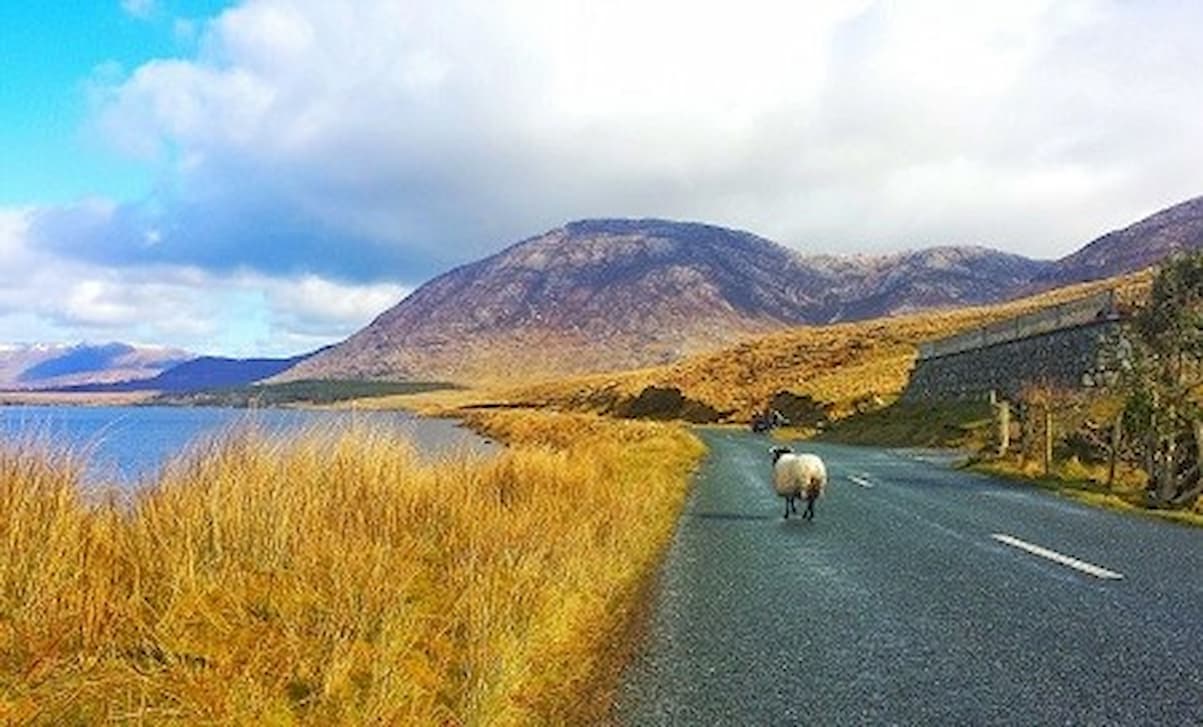
A fun and traditional way to enjoy the Ring of Kerry is to leave the car and take a horse and cart tour. Head to Killarney and book a jaunting car tour to the Gap of Dunloe, or the Lakes of Killarney and National Park, and enjoy the peace and quiet and the unspoiled beauty of the place without getting stuck behind a coach or two full of tourists. If you do decide to drive, you can get a little more off the beaten track. Star Wars fans can drive to Portmagee marina and take a tour out to Skellig Michael and bird enthusiasts can enjoy the Small Skelligs where 23,000 pairs of gannet nest on every available ledge making it the second largest gannet colony in the world.
From here you can then head into Dingle and go swimming with Fungie the dolphin and then relax with a well-deserved glass of Dingle Gin from the local distillery.
Co. Wicklow - Glendalough Valley
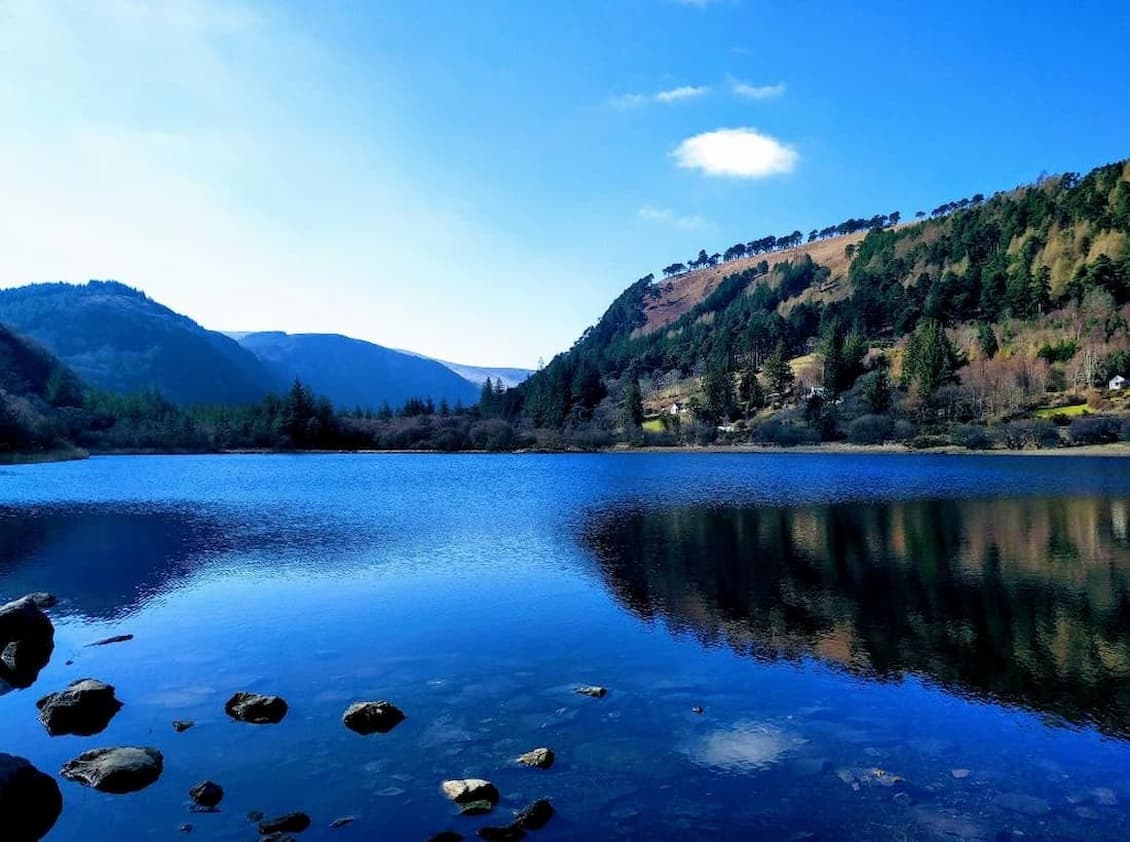
Glendalough is a glacial valley located in the Wicklow Mountains National Park. Here you can stroll around the glacial lakes and explore the monastic settlement that dates from the 6th century. Guided tours are available and there’s a good visitor centre too. Make sure you don't pass by an ice-cream van without buying a 99 - a soft-whipped ice-cream served in a wafer cone topped with a flake - it's an Irish tradition also dating back to the 6th century.


